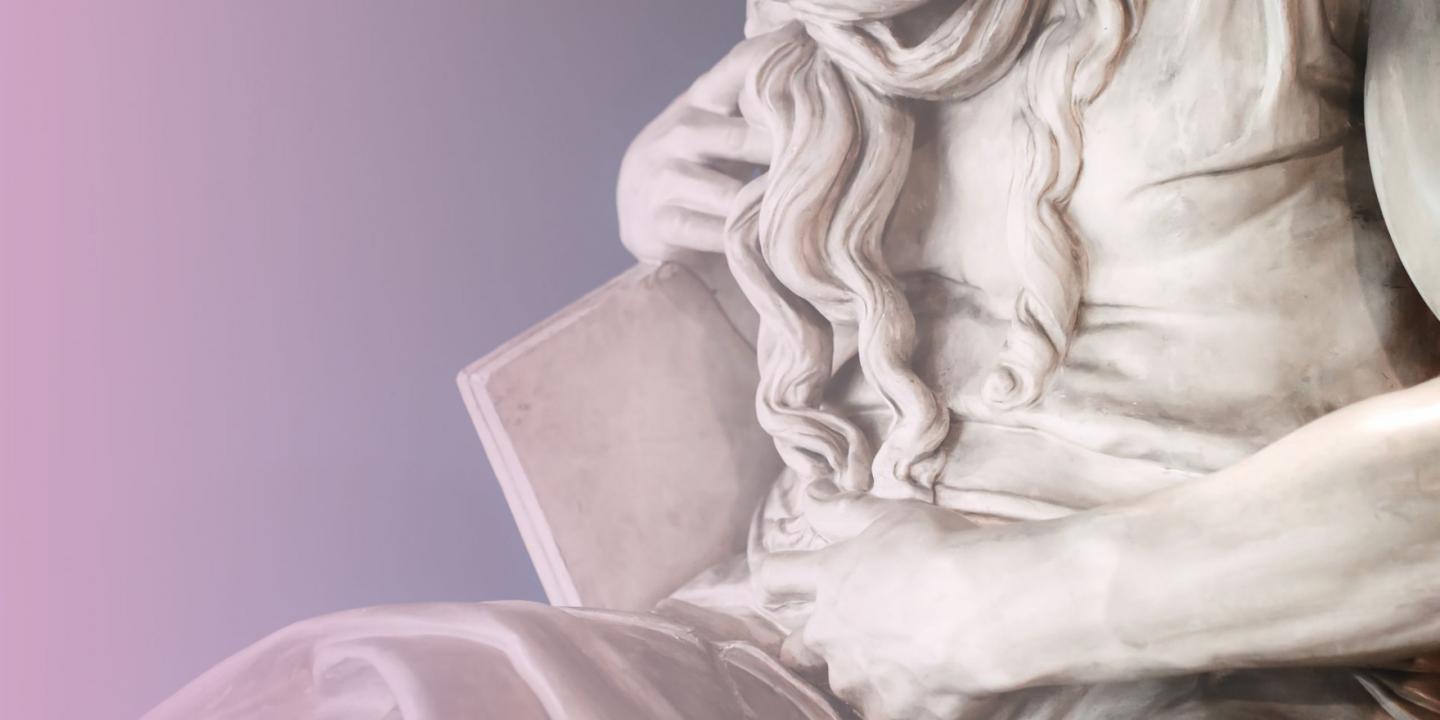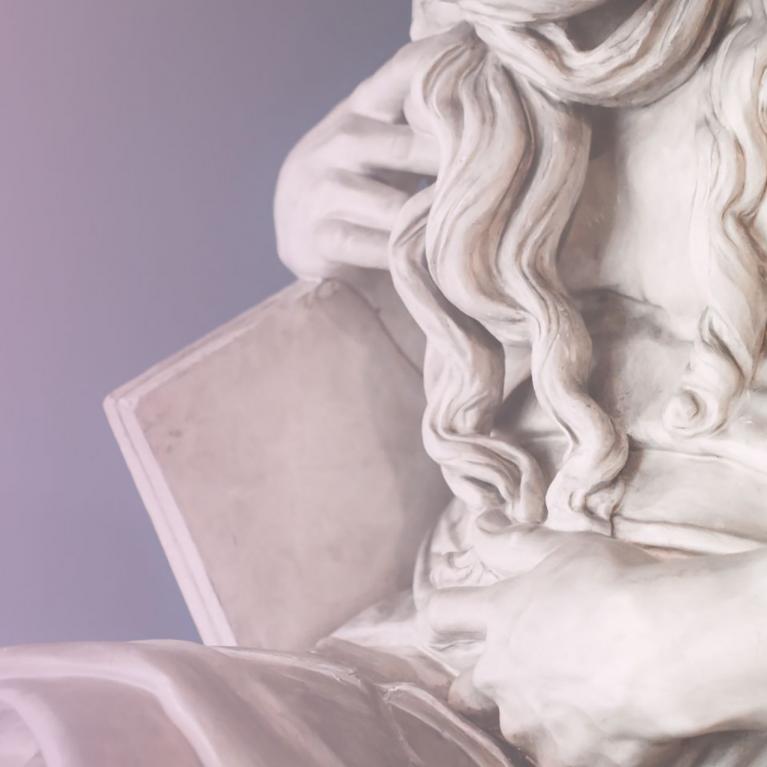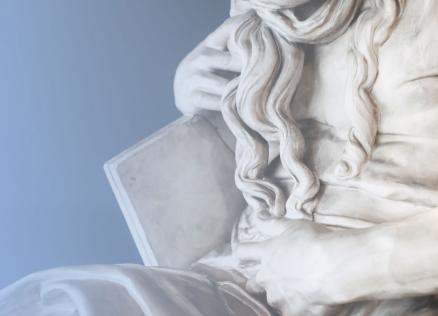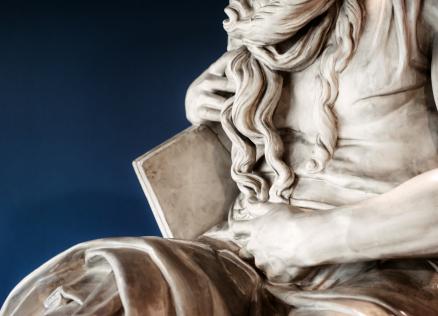Scientific lectures:
Authenticity in museum collections. Experience, critique and future perspectives
Marking the 4th anniversary of the Antique and Renaissance Plaster Cast Exhibition "Forest of Sculptures", on October 31 and November 1, an international series of scientific lectures on authenticity and originality in various fields of art will be organised at the Art Museum RIGA BOURSE.
Authenticity and originality are among the most important basic principles in museum collections. Authentic – one that corresponds to the original, one that is based on a primary source, unquestionable, indisputable, accurate, reliable, genuine, proven. The original is given a sacred value, while the copies are valued as secondary, as they often have no direct connection to a specific cultural heritage, yet they are still used in museums as material in teaching contexts and as a framework for creating a certain context. Therefore these lectures aim to explore the connections between authenticity and various forms of cultural heritage. Exploring these interconnections offers an opportunity to reflect on our relationship with culturalhistorical memory, belonging and identity, which interact with social, political, aesthetic and ethical dimensions. The scientific lectures are part of the cooperation of the permanent Antique and Renaissance Plaster cast collection exhibition "Forest of Sculptures" with foreign and domestic researchers, aware of the importance and versatility of the theme of authenticity in the contexts of casts, contemporary art, graphics and architecture.
Conference programme
Friday, November 1st, 2024
Art Museum RIGA BOURSE, 6 Dome Square, Riga
Lectures in Latvian
Participant registration
9.30–10.00
Registration
10.00–10.45
Really Rembrandt? Rembrandt van Rijn (1606– 1669) in the Foreign Graphics Collection of the Latvian National Museum of Art
Dr. Daiga Upeniece, Head of the Art Museum RIGA BOURSE
10.45–11.30
Originality and Authenticity in Graphic Art
Prof. Guntars Sietiņš, Head of the Department of Graphic Art at the Art Academy of Latvia
The definition of original graphics, also called the Vienna definition, was adopted at the 3rd International Congress of Plastic Arts in Vienna in 1960, prepared by the British Association of graphic artists, sculptors and painters. However, nowadays this definition has partially lost its meaning, as new technologies and technical techniques have entered printed graphics, expanding the very first definition of original graphics.
In the lecture we will learn what an original graphic is, what rules must be followed when signing works, what is a copy, how to certify the authenticity of your work and how the value of the work is determined. We will discuss the definition of an original graphic, its circulation or limited circulation, as well as signing and numbering of a printed work. Furthermore, we will discover what are sample drafts and their designations, and finally the lecture will give an insight what is a certificate of authenticity and what it proves.
11.30–12.15
The problem of interpretation and renovation of antique samples in the facades of buildings of the turn of the 19th and 20th centuries in Riga
Dr. Silvija Grosa, art historian and a professor at the Latvian Academy of Arts
Historical architecture and construction form the fabric of every city in its uniqueness and cultural-historical significance. The historical center of Riga with the well-preserved structure of the city from the Middle Ages and later centuries, 19th century wooden construction and the impressive number of buildings of the Art Nouveau period have been included in the UNESCO World Heritage List since 1997 marking its universal value. Important buildings of the turn of the 19th and 20th centuries are also located outside the historical center of the city, far from the former suburbs of Riga. However, the main value is not the quantity, but the artistic quality and diversity of the decoration of the facades of these buildings, the architects' orientation to a wide range of stylistic currents. One of them is related to the free interpretations of antique themes and patterns, which form a sufficiently large part of the decoration of the facades. Some examples will be discussed in the lecture.
The heritage of Art Nouveau architecture and decorative art in Latvia was negatively evaluated until the 70s of the last century. Neglect of it, as well as the narrowness of life during the years of Soviet occupation, led Riga's once magnificent houses to superficial and brutal interior renovations and the loss of interior decoration. However, social poverty and the characteristics of collective management protected the buildings from demolition, unlike several cities in the Western world. After regaining independence, and especially in recent years, many houses in Riga are being renovated. However, these renovations, which are increasingly affecting Riga’s houses, cause concern about the conformity of the materials used in the facades to the original solution of the decor, because often the subtle nuances that made this decor so special are lost behind the perfect and dense coating of the paint layer.
Lectures are supported by the State Culture Capital Foundation.





